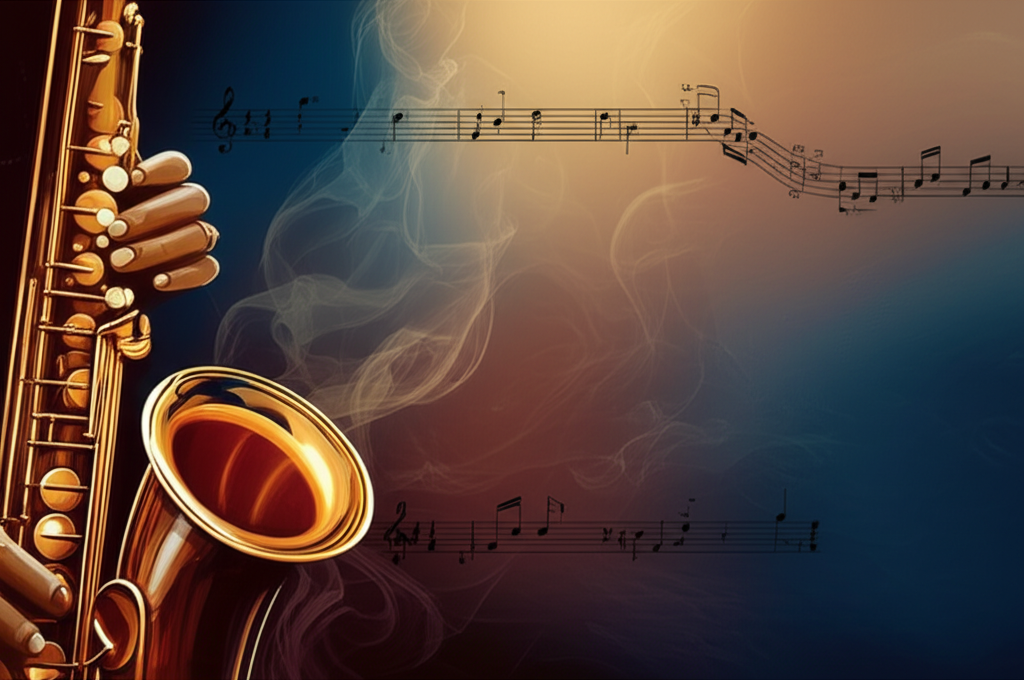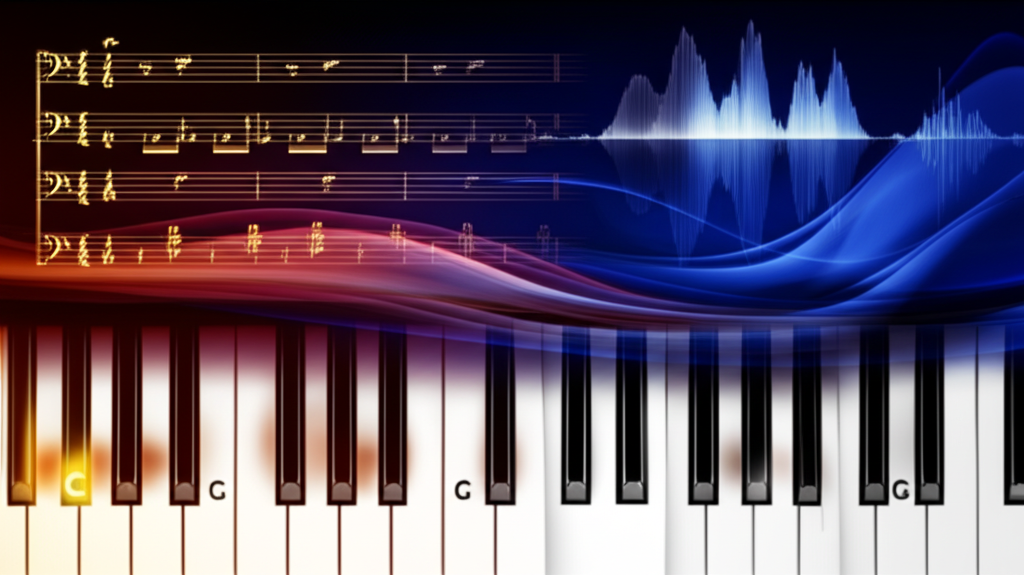
Rhythm Changes: The Foundation of Jazz Progression

b4n1
June 14, 2025, 7:04 p.m.
Rhythm Changes: The Foundation of Jazz Progression
Summary:
Rhythm Changes is one of the most important chord progressions in jazz, based on George Gershwin's "I Got Rhythm." This 32-bar AABA form serves as a vehicle for countless jazz compositions and improvisations, featuring sophisticated harmonic movement through the circle of fifths and providing an essential framework for jazz musicians.
Keywords:
rhythm changes, I Got Rhythm, AABA form, jazz progression, circle of fifths, bebop, jazz standards, harmonic progression
Introduction:
In the pantheon of jazz chord progressions, few are as fundamental and influential as Rhythm Changes. Born from George Gershwin's 1930 song "I Got Rhythm," this progression has become the harmonic foundation for hundreds of jazz compositions and serves as a rite of passage for aspiring jazz musicians. Its perfect balance of familiarity and sophistication, combined with its ideal structure for improvisation, has made it an enduring cornerstone of the jazz repertoire.
Structure and Form:
Rhythm Changes follows the classic 32-bar AABA song form, where each section is 8 bars long. The A sections feature a I-vi-ii-V progression with variations, while the B section (bridge) moves through the circle of fifths, creating harmonic momentum and interest. This structure provides both stability and movement, making it perfect for extended improvisation.
Basic 32-Bar Structure:
- A Section (8 bars): I-vi-ii-V progression variations
- A Section (8 bars): Repeat with slight variations
- B Section (8 bars): Circle of fifths movement
- A Section (8 bars): Return to home key
Harmonic Analysis:
Rhythm Changes in Bb Major:
The standard key with typical chord substitutions:
Notación musical:
Bridge Section (Circle of Fifths):
The B section moves through dominant chords:
Notación musical:
Historical Development:
George Gershwin's "I Got Rhythm" premiered in 1930 and quickly became a jazz standard. During the bebop era of the 1940s, musicians like Charlie Parker and Dizzy Gillespie used this progression as the basis for countless new compositions, creating what became known as "rhythm changes" or "rhythm tunes." The progression's popularity stemmed from its perfect balance of harmonic interest and familiarity.
Famous Compositions Based on Rhythm Changes:
Notable Examples:
- "Anthropology" - Charlie Parker & Dizzy Gillespie
- "Oleo" - Sonny Rollins
- "Rhythm-a-ning" - Thelonious Monk
- "Cottontail" - Duke Ellington
- "Lester Leaps In" - Lester Young
Improvisation Approaches:
Rhythm Changes provides an excellent framework for developing improvisational skills. The A sections allow for exploration of ii-V-I patterns and chord-scale relationships, while the bridge section challenges musicians to navigate circle of fifths movement. Many jazz educators use rhythm changes as a vehicle for teaching fundamental improvisation concepts.
Scale Choices for A Section:
Typical scale choices over the A section chords:
Chord Substitutions:
Advanced players often employ various chord substitutions to add harmonic sophistication to rhythm changes. Common substitutions include tritone substitutions, chromatic approach chords, and reharmonization techniques. These substitutions maintain the essential harmonic movement while adding modern color and complexity.
Advanced Substitutions:
- Tritone Substitutions: Replace dominant chords with tritone substitutes
- Chromatic Approach: Add chromatic passing chords
- Minor ii-V: Substitute minor ii-V progressions
- Diminished Passing: Use diminished chords as transitions
Performance Practice:
In jazz performance, rhythm changes typically features multiple choruses of improvisation, with each musician taking turns soloing over the progression. The rhythm section maintains the harmonic structure while soloists explore melodic and rhythmic variations. Trading fours (four-bar exchanges between musicians) is also common in the final choruses.
Educational Value:
Rhythm changes serves as an ideal pedagogical tool for jazz education. It introduces students to essential jazz concepts including ii-V-I progressions, circle of fifths movement, AABA form, and standard jazz repertoire. Many jazz method books use rhythm changes as a foundation for teaching improvisation, harmony, and jazz style.
Fun Facts:
Charlie Parker was said to have composed "Anthropology" in the back of a taxi cab, demonstrating how quickly experienced musicians could create new melodies over familiar progressions. The term "rhythm changes" itself didn't emerge until the bebop era, when musicians needed a quick way to communicate this common progression. Some estimate that over 200 jazz compositions have been based on this progression, making it second only to the blues in terms of jazz repertoire.
Modern Applications:
Contemporary Variations:
Modern interpretations often include:
- Modal Approaches: Using modes over traditional changes
- Fusion Elements: Rock and funk rhythmic feels
- Latin Styles: Bossa nova and Afro-Cuban interpretations
- Free Jazz: Abstract interpretations of the form
Conclusions:
Rhythm Changes stands as one of the most important progressions in jazz history, serving as both a compositional framework and an educational tool. Its perfect balance of harmonic sophistication and accessibility has made it a cornerstone of jazz repertoire for nearly a century. For aspiring jazz musicians, mastering rhythm changes is essential for understanding jazz harmony, improvisation, and the broader jazz tradition. Whether performed as Gershwin originally conceived it or transformed through bebop innovation, rhythm changes continues to challenge and inspire musicians across all levels of jazz study and performance.
References:
Gershwin, George. (1930). I Got Rhythm. Sheet music.
Parker, Charlie. (1946). Anthropology. Savoy Records.
Levine, Mark. (1995). The Jazz Theory Book. Sher Music Co.
Coker, Jerry. (1997). Elements of the Jazz Language. CPP/Belwin.






